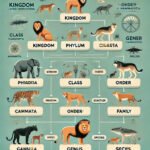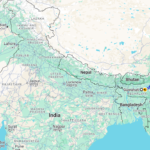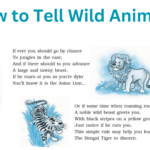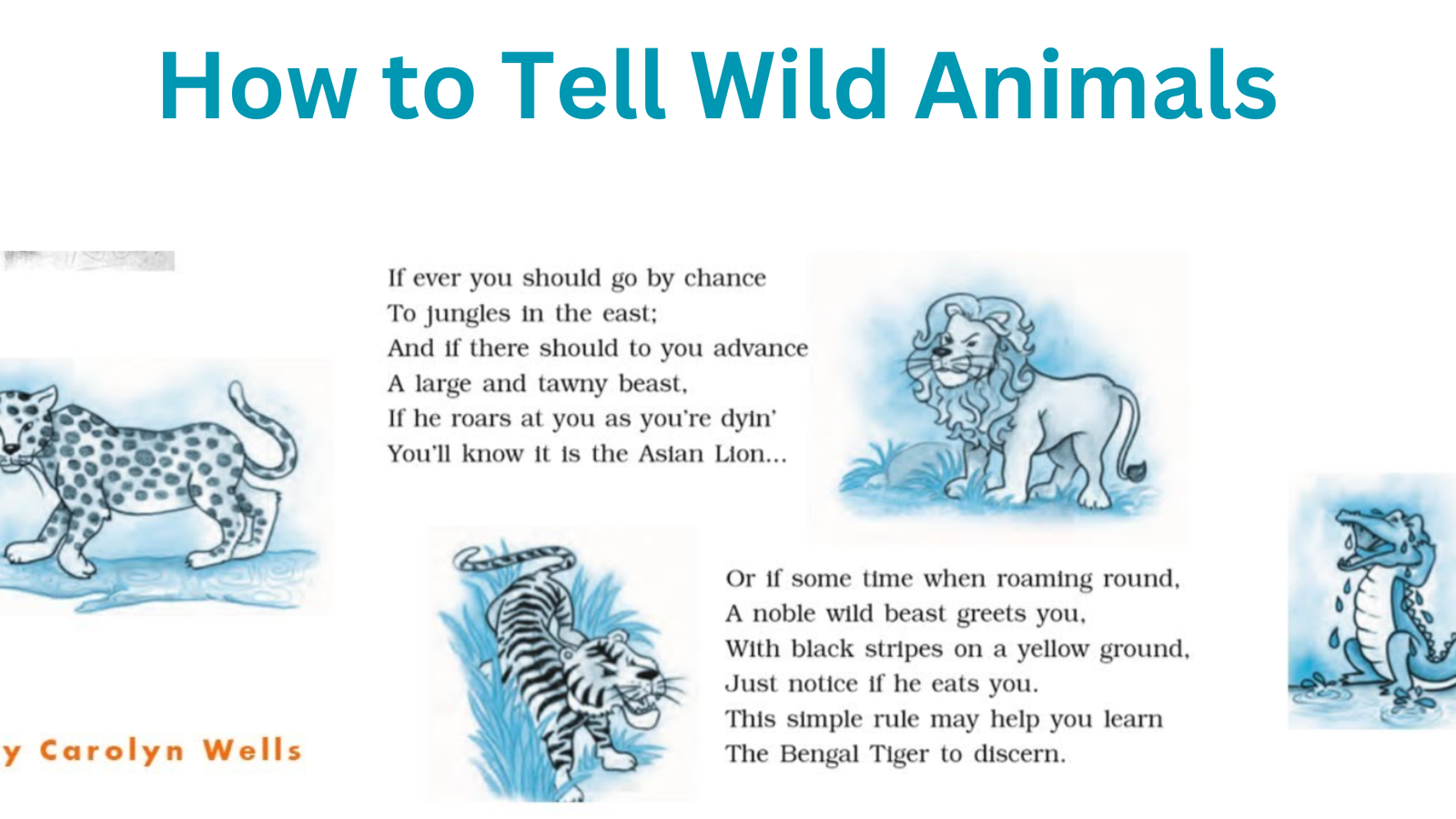“How to Tell Wild Animals” is a humorous poem written by Carolyn Wells, known for its playful and lighthearted tone. In this poem, the poet describes a variety of wild animals in a way that blends wit and educational content, helping readers to identify them through their quirky and exaggerated behaviors. Let’s dive into this fun poem and explore how Carolyn Wells introduces us to the fascinating world of wild creatures.
Table of Contents
Introduction to the Poem
The poem “How to Tell Wild Animals” takes readers on an imaginative and comedic journey where each stanza introduces a new wild animal. Through vivid, sometimes exaggerated, descriptions, the poet highlights key characteristics of these creatures, allowing readers to visualize and differentiate them in a humorous way.
The poem is structured as a guide, where each animal is presented with a hint of danger or humor, making it an engaging read for children and adults alike.
If ever you should go by chance
To jungles in the East;
And if there should to you advance
A large and tawny beast.
If he roars at you as you’re dyin’
You’ll know it is the Asian Lion.
Or if some time when roaming round,
A noble wild beast greets you,
With black stripes on a yellow ground,
Just notice if he eats you.
This simple rule may help you learn
The Bengal Tiger to discern.
If strolling forth, a beast you view,
Whose hide with spots is peppered,
As soon as he has lept on you,
You’ll know it is the Leopard.
’Twill do no good to roar with pain,
He’ll only lep and lep again.
If when you’re walking round your yard
You meet a creature there,
Who hugs you very, very hard,
Be sure it is a Bear.
If you have any doubts, I guess
He’ll give you just one more caress.
Though to distinguish beasts of prey
A novice might nonplus,
The Crocodile you always may
Tell from the Hyena thus:
Hyenas come with merry smiles;
But if they weep they’re Crocodiles.
The true Chameleon is small,
A lizard sort of thing;
He hasn’t any ears at all,
And not a single wing.
If there is nothing on the tree,
’Tis the Chameleon you see.Stanza-by-Stanza Summary
1. The Asiatic Lion
The poem begins with the grand and fierce Asiatic lion. The poet humorously suggests that if you find yourself in the jungle and notice a large tawny beast approaching with a mighty roar, chances are you’ve encountered a lion. The defining trait of the lion is its roar, which is both a warning and a trademark sound of this majestic animal.
2. The Bengal Tiger
Next, the poet describes the Bengal tiger. Known for its black stripes and fierce demeanor, the Bengal tiger is introduced as a dangerous predator. The poet playfully notes that if this striped animal comes running toward you, attacking you with its “graceful leap,” you will know it’s a tiger – but only after you have been eaten!
3. The Leopard
The leopard is the third animal introduced, and its key feature is its spots. The poet humorously warns that if you are bitten by a spotted creature and the pain persists, then you’ve likely encountered a leopard. The exaggeration here makes for an amusing depiction of the leopard’s aggressive nature.
4. The Bear
The bear is described next, with the poet stating that if you are hugged tightly by an enormous creature, it’s most likely a bear. The bear’s “embrace” is a clever way to allude to the strength and size of this animal, though in reality, such a hug would be far from gentle.
5. The Crocodile
The crocodile is humorously introduced with a note on its deceptive smile. If you see an animal smiling broadly at you in the water, it’s probably a crocodile. The crocodile’s cunning nature is playfully highlighted through its grin, a hint at the danger lurking beneath its calm exterior.
6. The Hyena and the Chameleon
The final two animals described are the hyena and the chameleon. The hyena is noted for its laughter-like sounds, and the chameleon is recognized for its ability to change colors. The poet cleverly uses these traits to wrap up the poem with a lighthearted tone, contrasting the dangerous animals described earlier.
Themes and Style
The poem is filled with humor and lightness, making it a delightful read for audiences of all ages. The poet uses exaggerated situations and playful descriptions to emphasize the characteristics of wild animals in a way that entertains readers while also educating them about the traits of each animal.
Carolyn Wells uses rhymes and a regular rhythm throughout the poem, adding to its whimsical nature. The element of surprise and humor in each stanza keeps readers engaged, while the exaggerated animal behaviors make the poem memorable.
FAQs
-
What is the main theme of the poem?
The primary theme of the poem is to humorously introduce wild animals and their traits in a fun, imaginative way. The poet uses exaggeration to make the descriptions engaging and entertaining.
-
Why is the poem considered humorous?
The humor in the poem comes from the poet’s playful exaggerations of dangerous situations. For example, learning that you’ve encountered a tiger only after being eaten or recognizing a bear from its tight hug adds a comedic twist to the descriptions.
-
What animals are described in “How to Tell Wild Animals”?
The poem describes several wild animals, including the Asiatic lion, Bengal tiger, leopard, bear, crocodile, hyena, and chameleon.
-
Who is the poet of “How to Tell Wild Animals”?
The poem was written by Carolyn Wells, an American poet known for her light, witty poetry.
Recent Posts
- Why are living organisms classified? : Biological Classification

- Wildlife Conservation Efforts in India

- Best Time to Visit Kaziranga National Park: Complete Guide

- How to Tell Wild Animals Questions and Answers: A Detailed Guide

- How to Tell Wild Animals Summary: A Fun and Engaging Overview

- How to Recharge Metro Card and Check Balance Online


